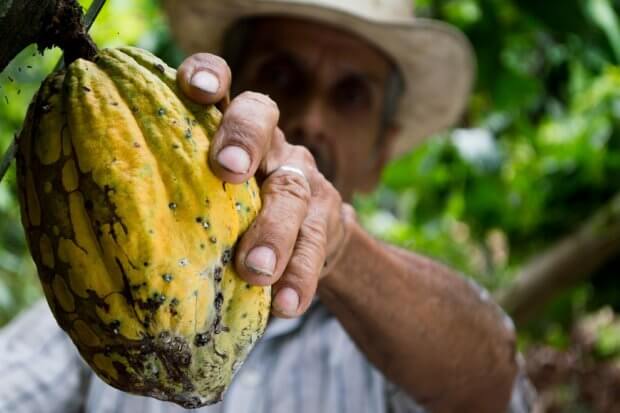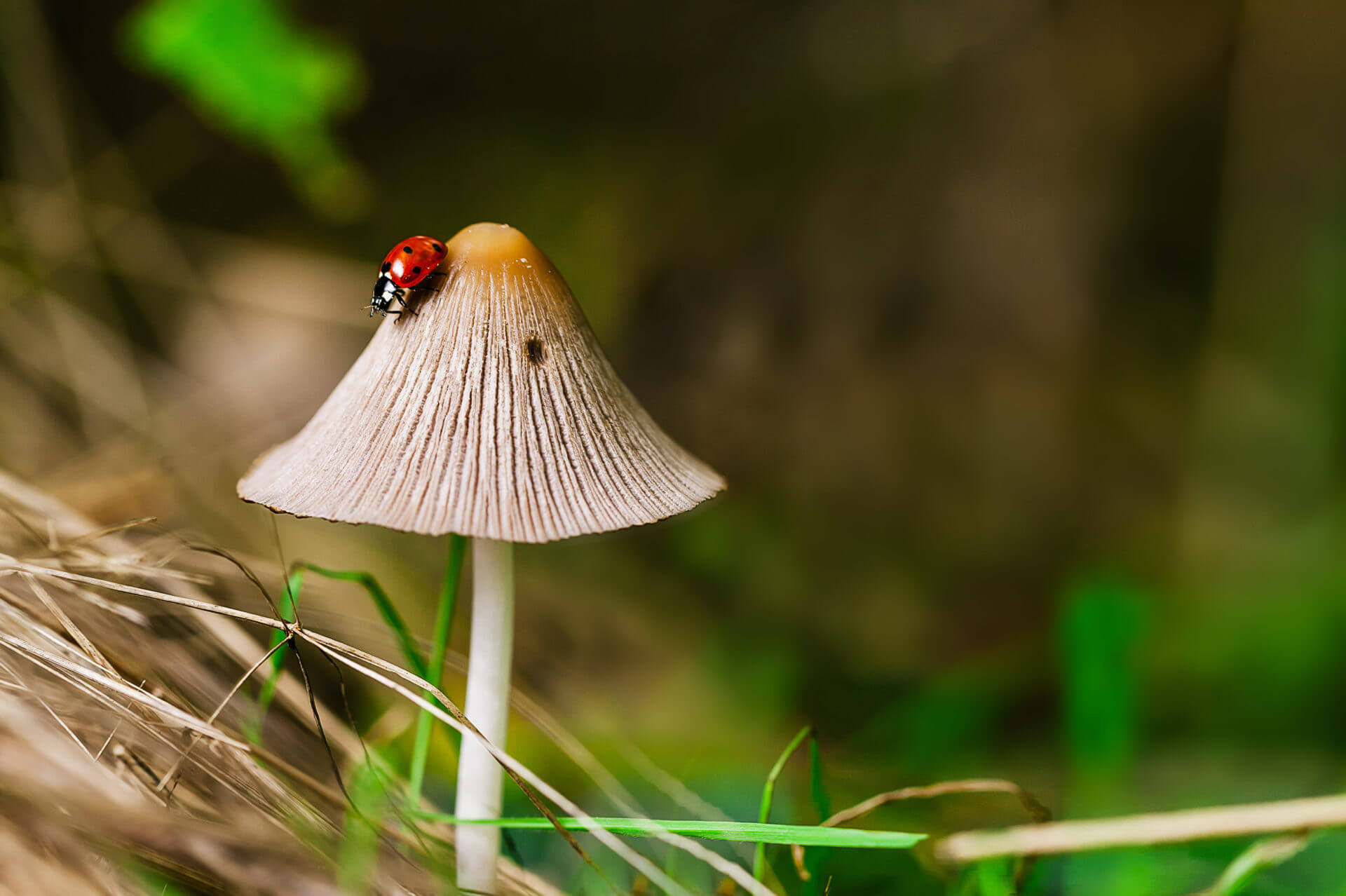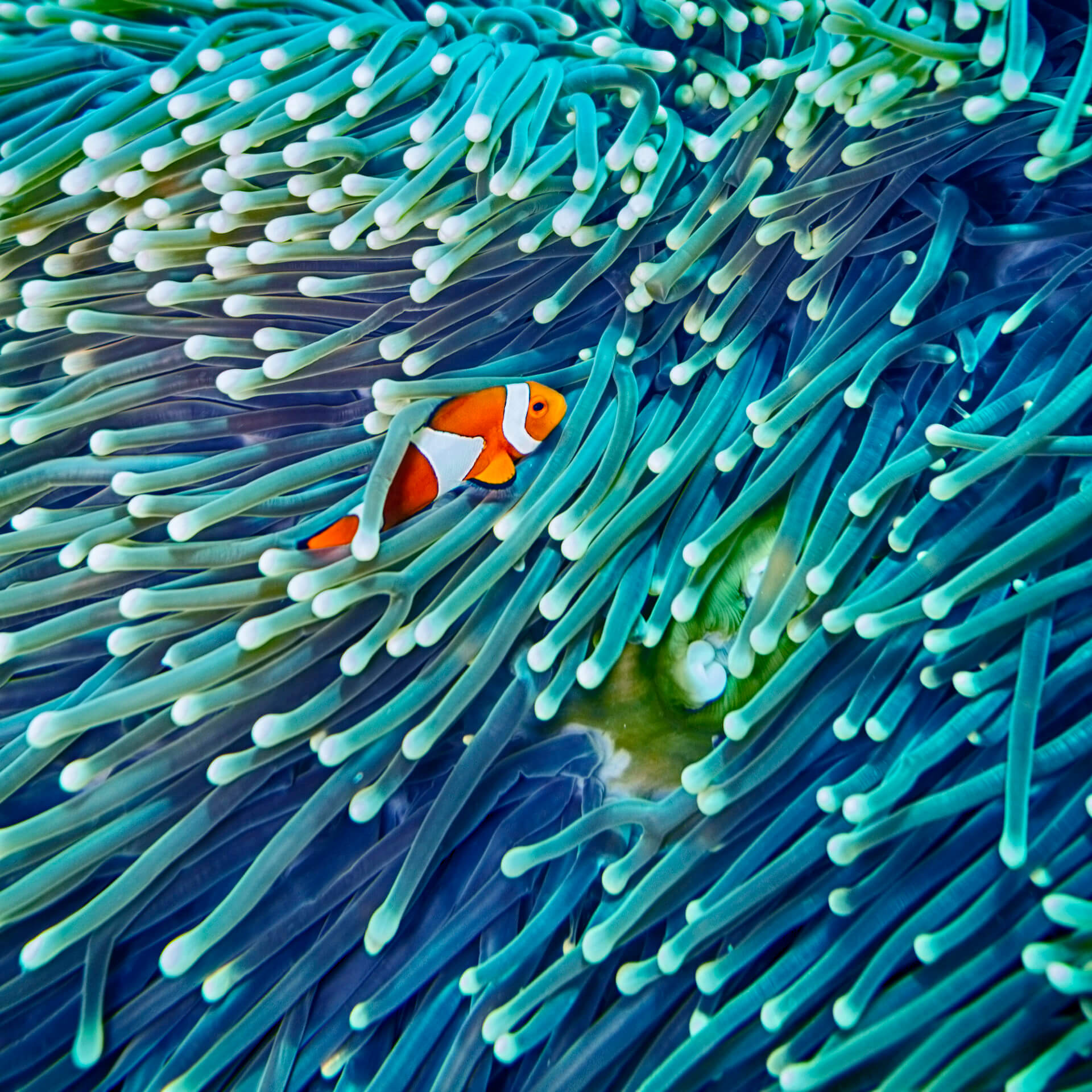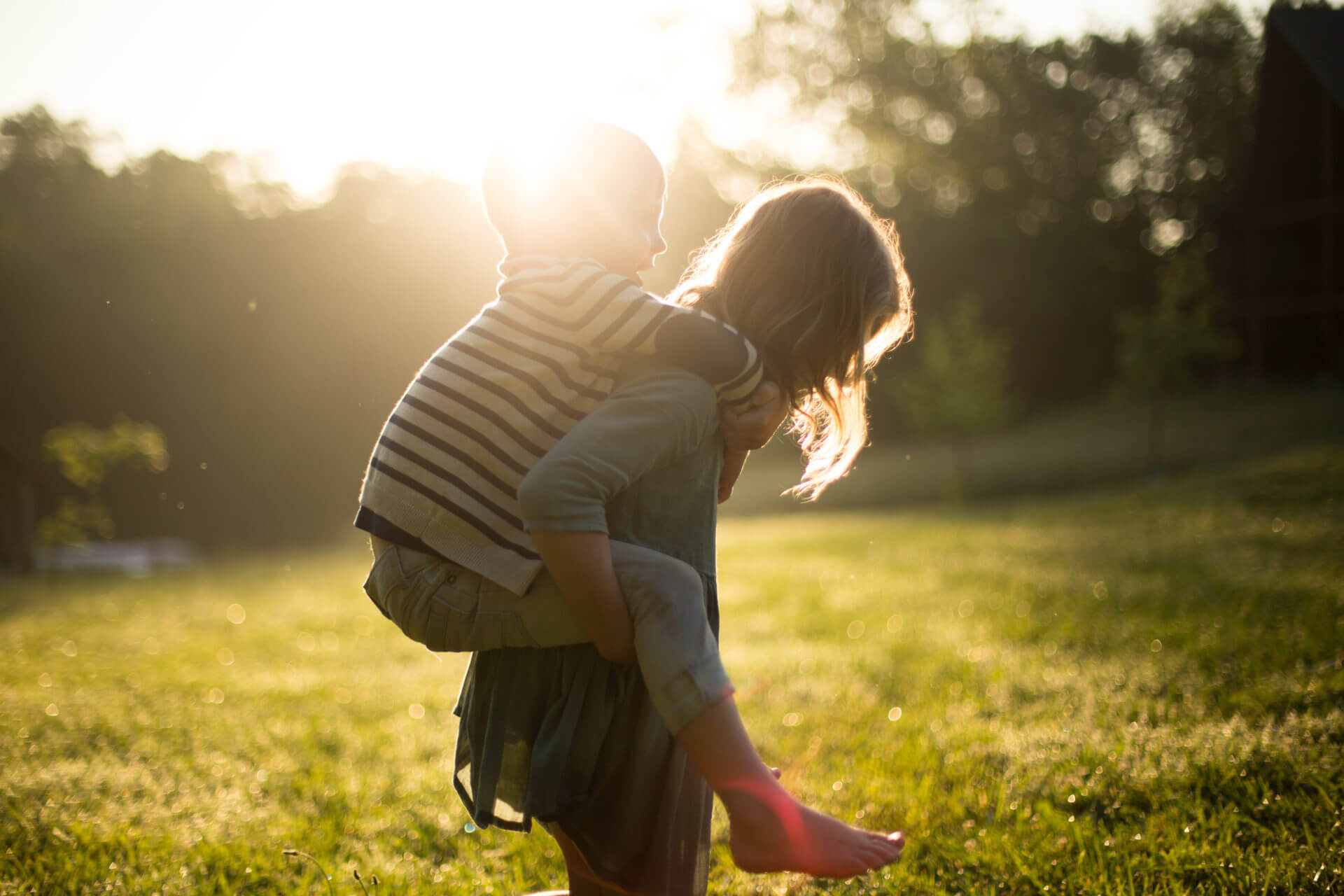
Overexpoitation: a real threat to biodiversity
Biodiversity consists of an incredible resource in food and raw material for more than 7 billion of human beings. Sadly, we often forget that its resources are limited… Most ecosystems that provide them aren’t exploited in a sustainable manner; they are overexploited.
Overexploitation is when the gathering of a resource exceeds its capacity to renew itself naturally. The ecological consequences that it brings are unpredictable. But one thing is certain: there will be a moment when ecosystems will be unable to re-establish their balance and certain species will have to pay the price. They will become rarer and rarer or simply disappear.
Overexploitation principally concerns excessive fishing and hunting, excessive gathering of wood and overproduction on agricultural lands. Biodiversity can also be disrupted due to overexploitation of other natural resources such as water or earth.
The CITES convention (Convention on International Trade in Endangered Species of Wild Fauna and Flora) regulates since 1975 the trade of endangered species. The treaty currently includes 180 nations. Every country in the European Union is a part of it (Belgium since 1984). It concerns 5,000 animal species and 28,000 species of plants.

An example of overexploitation: the pangolin
The scales of this mammal are very sought after in traditional Chinese medicine. To get a kilo of pangolin scales, you have to kill two or three animals. The biggest catch ever occurred in November 2017: twelve tons of scales (in other words the equivalent of about 20,000 pangolins) were seized in China, on a cargo ship coming from Africa, .
Even though it stands on the CITES red list of species with a chance of extinction, the pangolin is today one of the most poached animals in the world: over a million of them have been hunted and captured in the last decade. Experts consider that its extinction would lead to a modification in the tropical forests’ ecosystem, increasing the amount of ants and termites, pangolin’s main food source.
What can we do?
What we can do is avoiding objects and products made from ivory, coral, rosewood, pangolin scales, turtle shells or feline skin. We should also be careful when buying caviar. You may not know it but these small black grains, symbol of luxury and gastronomy, are sturgeon or paddlefish eggs. For almost twenty years now, sturgeon have been protected by CITES and its trade has been strictly regulated. Today, aquaculture is where most of legally commercialized caviar in Belgium and the European Union comes from, but illegal trafficking still remains.
Please think thoroughly before buying a souvenir made of natural materials.
If you doubt: don’t buy it!
More information on this theme :
www.citesenbelgique.be – www.cites.org – www.eu-wildlifetrade.org – www.traffic.org
Discover other examples and advice in the brochure “Let your souvenir have a future”
Actus Associés

Regenerative development and design: improving governance, innovation and planetary health
Humans have pushed several planetary boundaries out of their safe operating space and inequalities within and between countries are rising… Our current societal and environmental challenges require a meta-response. This is what Regenerative Development and Design (RDD) aims to bring.
See more
Save biodiversity by eating better
Our food choices have significant effects on biodiversity and ecosystems, but also on our health. Among other things, intensive meat production is responsible for the destruction of many ecosystems around the world and excessive meat consumption is a source of various diseases. Yet demand is growing on an increasingly populated planet with limited natural resources. As individuals, do we have a role to play in mitigating this trend in a globalised world? The answer is yes!
See more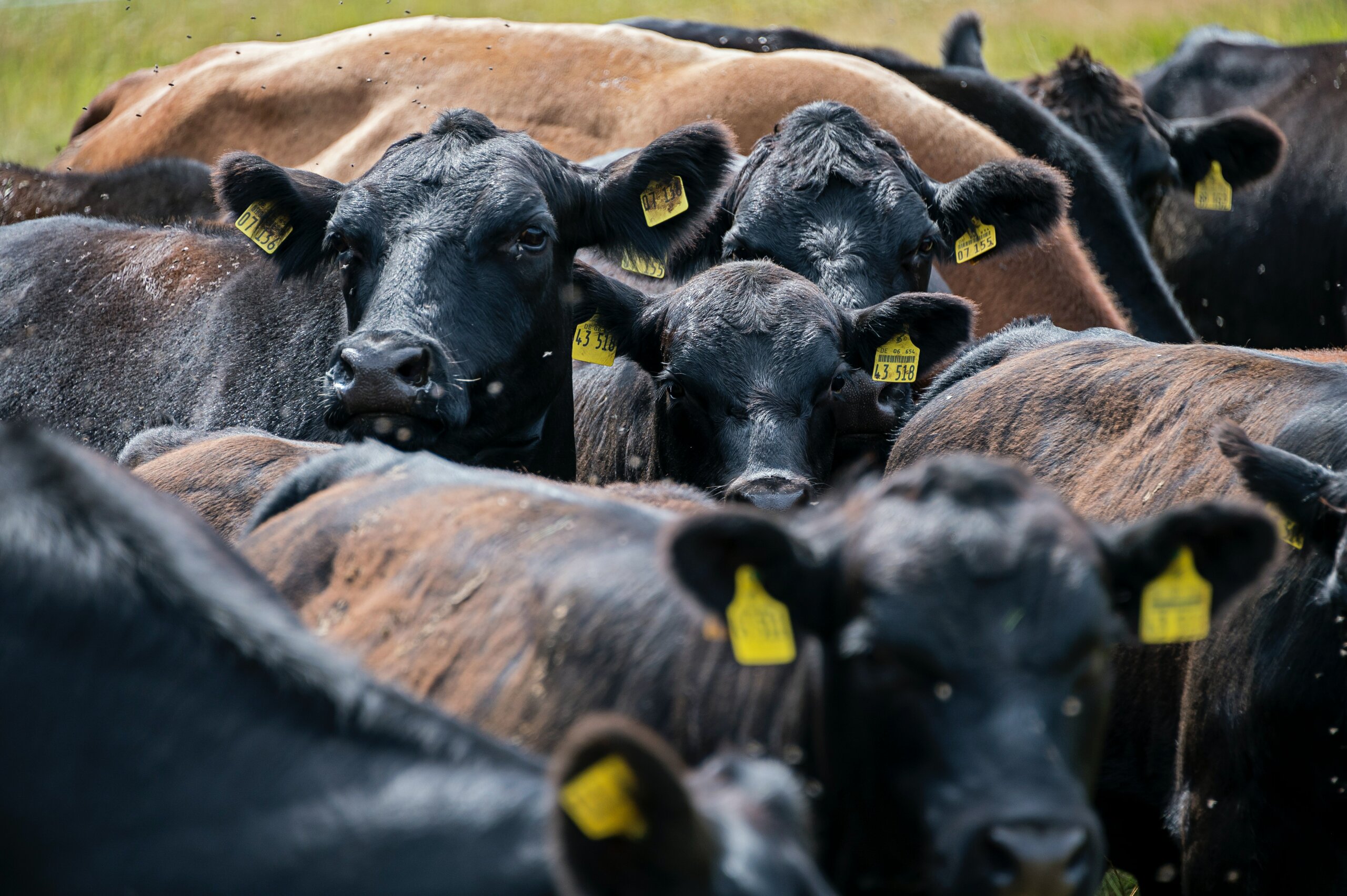
A very meaty diet: what consequences for biodiversity?
Did you know that, in the European Union, the food industry is the main cause of environmental damage, followed by housing and mobility?[1] Although many consumers are aware of this, we tend to underestimate the effects of our eating habits on the environment.[2] While this is not good news, it does mean that our choices can make a real difference. But can we really protect biodiversity at mealtimes?
See more

